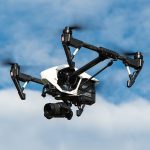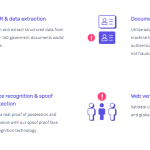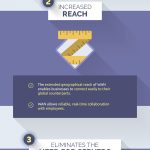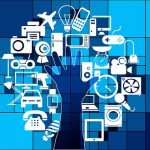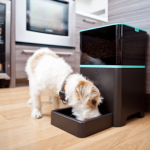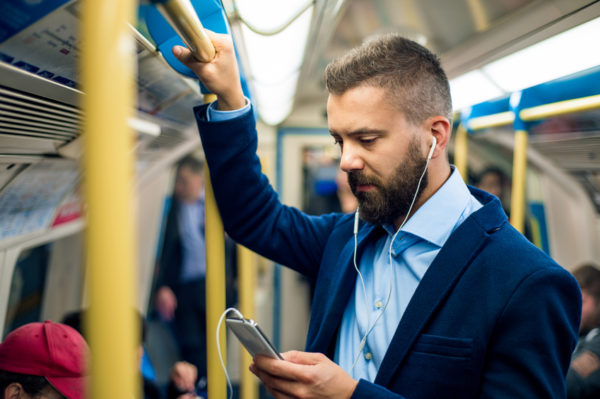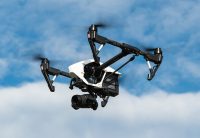Market for “hearable” devices could reach $16B by 2020
Market for “hearable” devices could reach $16B by 2020

Wearable technology is about to expand into a whole new sub-market via your ear-holes with the advent of “hearables.” And this new category of connected devices for your ears is beginning to make its mark on global markets.
Experts predict that the hearables market could surpass $ 16 billion by 2020. A key component to the rosy prospects for hearables is their potential to steal market share from headphones, medical hearing aids and other wearables that aren’t situated in the ear.
Several of the large electronics firms are gearing up to begin production of their own hearables, which could see a flood of the new technology on global markets.
Of particular interest is Apple’s expansion into greater ear-based technology is its introduction of wireless Airpods. These new headphones were launched in tandem with the new iPhone 7 which was designed without a headphone jack, causing much controversy among audiophiles.
But behind Apple’s push for its cordless headphones is its strategy to drive customers towards its proprietary technology for its huge customer base.
And as is often the case, Apple’s revolutionary innovations often open the door for whole new categories of technology.
Combined with wireless technology like Bluetooth, wireless hearables could prove quite disruptive to the consumer electronics market.
One shift will be hearables ability to shift much of the capabilities currently provided by wearables from the wrist to the ear.
Each hearable means one less screen
This shift will eliminate the screens that wearables currently rely on, to be replaced with voice input capabilities. This will enable users to receive messages from devices directly into the ears.
These hearables will be able to take over voice assistant functionality and integrate with augmented reality systems.
As well, ear-based devices have the potential to provide superior medical monitoring and fitness tracking capabilities.
Body movement can adversely affect the accuracy of traditional wearables when measuring heart rate and blood pressure, but not so with hearables. This is because the ears provide a stable way to measure vital signs as they have a consistent blood flow level.
Hearables also will be able to combine high-end audio capabilities and noise cancellation, which will eat into the market of traditional headphones and hearing aids.
The post Market for “hearable” devices could reach $ 16B by 2020 appeared first on ReadWrite.
(17)


